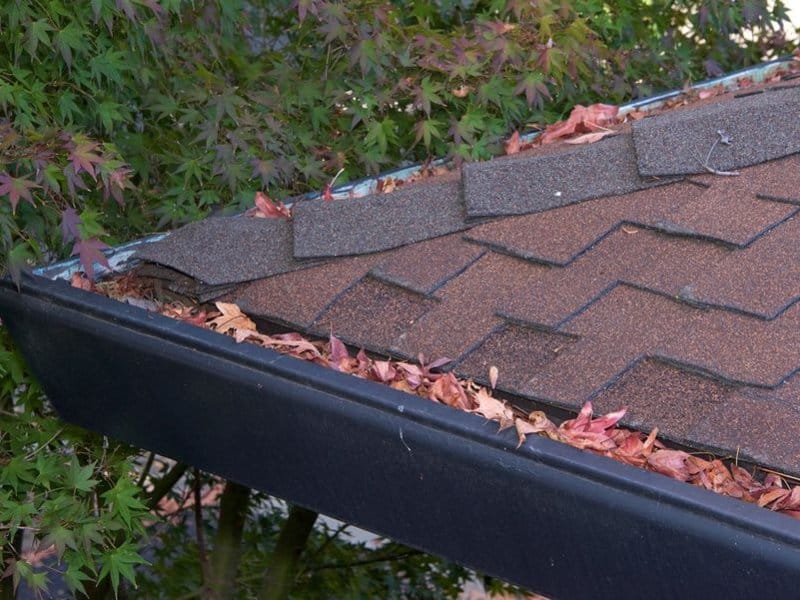For homeowners in Fredericksburg, VA — from Excellent Exteriors
A small freeze in your gutters can quickly grow into ice dams that lead to leaks, damaged insulation, and expensive repairs—so having a smart, simple plan to protect your roof and gutters is the key to keeping your home dry and safe all winter long.
The Problem (empathy + authority)
When warm air escapes into an attic, it melts snow on the upper roof. That meltwater runs down and refreezes at the colder eaves and gutters, forming an ice dam that blocks drainage and forces water back under shingles. Left unchecked, that water soaks insulation, stains ceilings, and leads to mold and structural damage. This is a common winter hazard—and it’s preventable.
Why Gutters Matter
Gutters and downspouts are the final exit for melting snow. If they’re full of leaves, sticks, or broken sections, water slows, freezes, and turns a routine melt into an ice dam. Cleaning gutters before sustained freeze-thaw cycles and ensuring downspouts discharge freely makes the entire roof system far less likely to form dangerous ice buildup.
The Guide (Excellent Exteriors)
We help Fredericksburg homeowners keep water flowing the right way—off the roof and away from your foundation—so you can avoid slippery eaves, wet ceilings, and the headache of emergency repairs.
A Simple Plan You Can Follow (three-step plan)
1) Clean & inspect gutters now
• Remove leaves, seedpods, and debris from gutters and downspouts (ideally in fall and again before the first big freeze).
• Check hangers, fasteners, and seams—replace or secure anything loose so gutters carry water, not ice.
• Consider installing high-quality gutter guards if your property has lots of trees; they reduce clogs but don’t replace seasonal inspections.
2) Reduce heat transfer through the attic
Long-term prevention is about keeping the roof cold and the attic close to the outside temperature. That means: seal attic air leaks, add or refresh insulation, and maintain proper attic ventilation so heat can’t melt the snow unevenly. These building-envelope fixes are the most effective way to stop ice dams from forming in the first place. For many homes, an energy audit or professional attic assessment will show the exact fixes you need.
3) Safe snow and ice management
• After heavy snow, use a roof rake from the ground to remove the first 3–4 feet of snow at the eaves—this reduces the mass that can melt into an ice dam.
• Never chip at an ice dam with an axe or pry bar: that risks damaging shingles and gutters. Professional removal using steam or other safe methods is recommended when an ice dam has already formed.
What to Expect if You Ignore It (the failure)
According to the National Weather Service, unchecked ice dams let water push under shingles and into attics and walls. The result: ruined insulation, sagging ceilings, drywall repairs, mold remediation, and sometimes a roof replacement. Insurance claims are common after ice-dam damage—and many of those claims could have been prevented with basic maintenance.
What Success Looks Like
A winter with clear eaves, flowing downspouts, no icicles threatening the porch, and peace of mind that your attic is sealed and ventilated. Lower heating bills and fewer emergency calls in snowy weather are both real, measurable wins.
Winter weather doesn’t have to mean worry. With timely gutter care, attic sealing, and a clear plan, you can avoid ice dams—and the expensive damage they cause.

